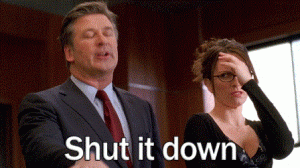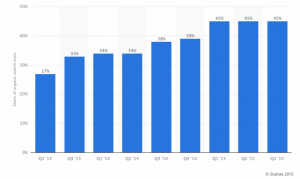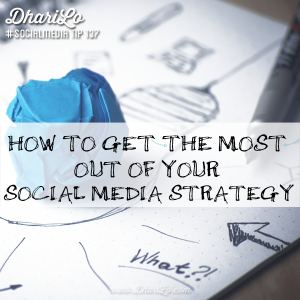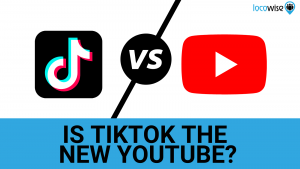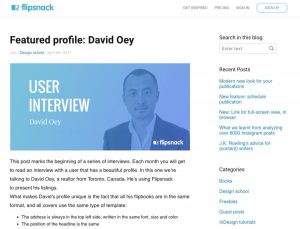Readers of this blog should recognize the impact of content marketing on the success and growth of your businesses through a combination of improved awareness and motivating conversion. Today, I’d like to focus on crafting the perfect post. Since platforms vary greatly, there’s no single “best” way to craft the perfect post, so we’ll concentrate our efforts on the Facebook and Instagram platforms, with the same parent company.
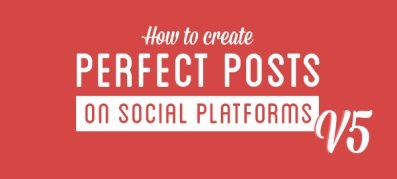
How to craft the perfect post
- First, you must analyze your own success, looking at key performance indicators (KPIs) such as engagement, reach, frequency, etc (although not all these metrics are available unless you’re using sponsored posts).
- Next, evaluate your competitors to see what appears to work for them. Sure, this isn’t easy, but you can (and should) follow your competition to observe which posts get the most engagement, the types of comments made, and their posting schedule (imitation is the highest form of flattery, after all).
- Finally, see what’s working across the platform. Not every business or its market is the same, but there are enough commonalities that it makes sense to observe what’s working on the platforms as you work to craft the perfect post for your business.
For help with this last bit of information, we turned to the social media analytics giant, quintly. They analyzed over 1 million data points to offer insights on how to craft the perfect post on Facebook and Instagram. Their analysis shows the following:
Craft the perfect post: Facebook
- Links are most frequently shared on Facebook, with over 50% of all posts containing a link. The next most popular element in posts were images, with nearly 30% of posts containing an image, and video, at a little over 13%.
- Videos receive the most interactions, however, with over 2000 interactions per post containing a video. The next most popular were photos, with over 1000 interactions and status updates, with around 500 interactions. Since engagement is the name of the game in social media, as it amplifies your message to reach new audiences, that’s something to consider when you set out to craft the perfect post.
- Next, let’s look at message length. Here, text containing between 1 and 50 characters was the clear winner, followed by posts with no text. A gradual decrease in interactions occurs as you increase the character length of your post.
- Emojis are used infrequently, but interaction data suggests adding them works because including 1-3 emojis increased the interaction rate over not using an emoji. Using more than 3 emojis decreased interactions, but was still preferable to no emojis in terms of generating interactions.
- Hashtags aren’t common on Facebook and don’t get much reward by including them. However, using more than 3 hashtags sees a big drop in interactions. To some users, including hashtags in a Facebook post suggests you were too lazy to craft a post and simply shared your Instagram post on Facebook.
- Weekend posts gain more interactions than those posted during the week. More on the perfect time to post later in the article.
To summarize:

Craft the perfect post: Instagram
Despite their shared parentage, Instagram is totally different from its older cousin. For one thing, Instagram is almost entirely image-focused with over 84% of the posts containing an image or a carousel of images and the remainder containing a video. Again, video wins the day when it comes to interactions, followed by carousels. As with Facebook, weekend posts receive the most interactions. A surprising fact about Instagram posts is that they do very well, when it comes to interactions, without using any text and interactions plummet after about 50 characters. Emojis offer great promise when used on posts on Instagram, with more emojis producing higher levels of interaction.
Unlike Facebook, hashtags are critical when you craft the perfect post on Instagram as they help users find content that matches their interests, although using more hashtags isn’t always better — interactions top out at 3 hashtags. While Instagram allows up to 30 hashtags per post but 5-6 hashtags are the sweat spot. Using a mixture of branded and industry hashtags often results in the highest ROI. Hashtags also offer opportunities for you to analyze trends and jump on board with posts that fit a trending hashtag.

How to optimize posts on Facebook and Instagram?
Crafting the perfect post doesn’t rely solely on the content on the post but on when and how often you post. Posting at the wrong times means you have fewer opportunities to reach interested followers and for engagement to effectively spread your message to new users. Often, the optimal posting time varies by the day of the week.
Here’s the current thought on when to when to post on Facebook. Note that the most engagement accrues to posts published on the weekends or leading up to the weekend.
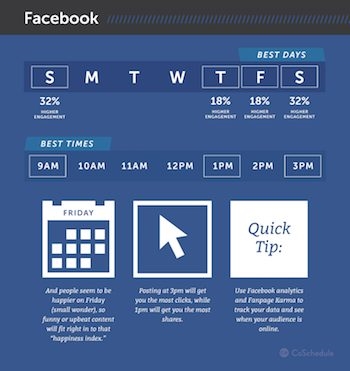
There’s the optimal time to post content on Instagram; note that the optimal time is different on different days of the week.
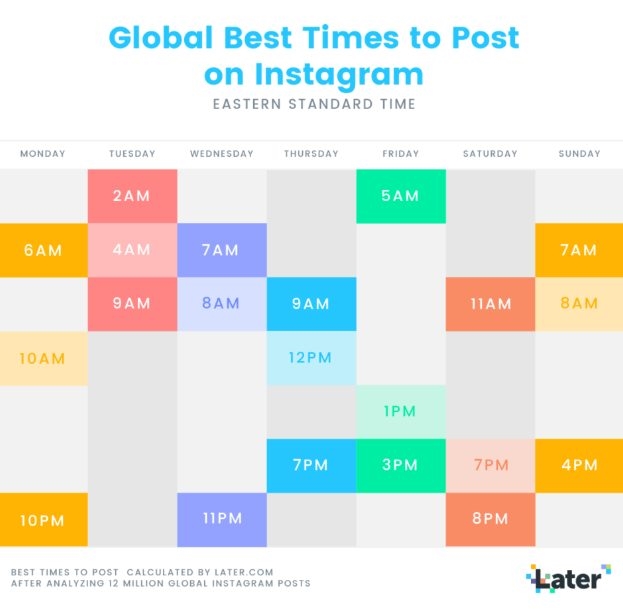
Image courtesy of Later
In terms of how frequently to post on the two platforms, experts recommend 1-2 posts per day on Facebook and 1 to 3 times a day on Instagram, so very similar advice from our expert.
If it’s not obvious from this discussion, let me make it plain: Posting according to the optimal schedule isn’t easy and, unless you have dedicated social media staff, it takes precious time and resources away from running your business. Even if you do have dedicated social media staff, they get sick and go on vacation, but the need for a consistent social media strategy involving posting at regular times doesn’t change just because someone is out. Here are some tools to help you meet your content marketing goals.
A content marketing calendar
If you don’t already use a content calendar to manage your other content marketing needs, nows the perfect time to flesh out one to keep you on track with your social media posts. To get you started, here’s an example.
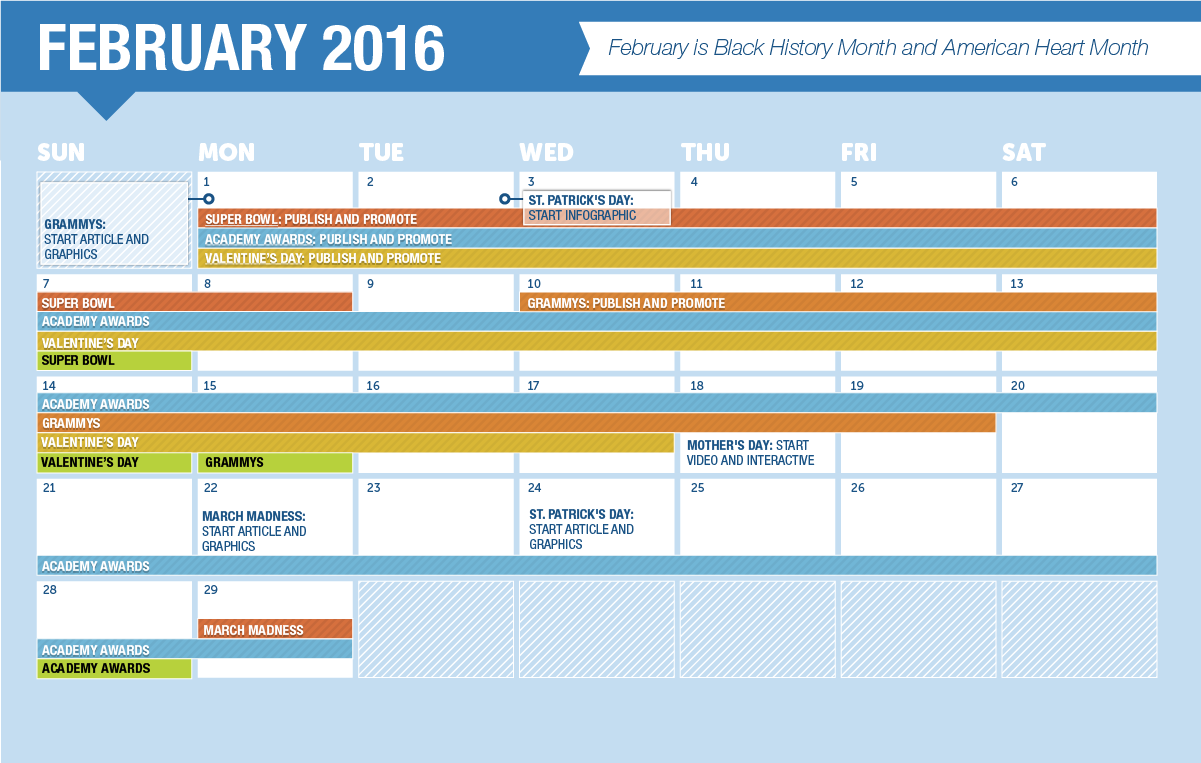 Image courtesy of Marketing Insider Group
Image courtesy of Marketing Insider Group
I prefer an excel spreadsheet with the days of the week as rows, with each social network listed under each date, and columns for steps in the process. Flesh out the calendar to include post content, images, links, hashtags emojis, and other elements you plan to include in your post for each day. Ensure you have the right amount of content to share including blog posts you plan to share across your social platforms. If your posts require approval, add a column for the approval. Once you have the calendar set up, put it on a shared drive so everyone who needs to contribute or approve posts has access.
Social media automation
As I said, people get sick and go on vacation, which means they aren’t available to post on the appropriate schedule. Or they get busy and forget to post at the optimal time of day. That’s where social media automation comes to the rescue.
Automation may sound like the antithesis of social media, which, by its very nature, is interactive, but scheduling posts at specific times means you have more time for what really matters, engaging with your community. If you have a limited budget, consider a tool like Buffer or Hootsuite, which also offer analytics and can help optimize your scheduling by matching the engagement of your specific audience at different times of the day. If you have a larger budget, Sprout Social of Social Bakers offers additional tools to improve performance, such as listening. If you really want a great tool and have the budget, IBM and Adobe each offer great options for social media automation.
Why the 2 platforms are so different
Although Facebook and Instagram share more than just a parent, such as the optimal number of posts per day, notice the vastly different suggestions on how to craft the perfect post across the two platforms. Some of these differences emanate from a desire to make each platform unique, ie. Facebook focuses on links while Instagram is more visual.
A bigger difference comes from the different markets served by the two platforms, as you can see in the graphic below.
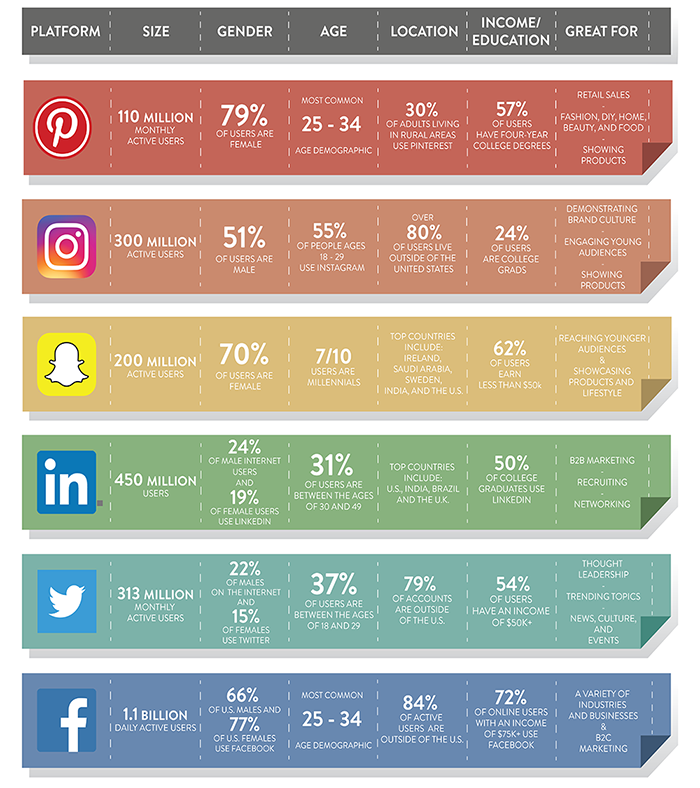
Image courtesy of Social Factor
Although you can’t make direct comparisons across the social platforms using this image, you can develop some insights. For instance:
- Facebook skews a little more male than Instagram
- Instagram skews a little younger than Facebook
- Facebook features a more educated and wealthy audience than Instagram, although the data displayed don’t make that distinction obvious. Here’s a source that supports this statement about the two platforms.
- Instagram features a higher percentage of US users, while Facebook’s highest user base comes from India [source]
- Instagram users spend significantly more time on the platform each day than Facebook users.
- Instagram posts achieve significantly more engagement than those on Facebook [source]
Conclusion
You can craft the perfect post on Instagram and Facebook using the advice shared by the experts on this page. I hope you find this post valuable and you’ll take some time to view more of our content. Also, I’d love to hear from you whether it’s a question, comment, or suggestion for additional topics, simply post in the comments below and I’ll get back to you.
Digital & Social Articles on Business 2 Community
(52)

